Print Your Own Body Parts
FANCY HAVING A THIRD THUMB?
By now, everyone knows that 3D printing can be used to create replacement body parts. We’ve seen printed prosthetic hands, and replacement beaks for parrots. Now someone has taken it a step further. Instead of simply replacing a body part that’s been lost, how about printing yourself a third thumb?
This sounds like a pretty wacky idea, but it’s actually been done. And, surprisingly, it was done by an art student. Dani Clode, a New Zealander studying at London’s Royal College of Art, needed an original idea for her Master’s in product design – and she decided to make herself an extra thumb.
Third Thumb is a removable prosthetic that fits on the opposite side of the hand to the actual thumb. It’s powered by two motors in a wrist-mounted box, and controlled by pressure sensors fitted inside the user’s shoes; to flex or rotate the thumb the user presses the appropriate sensor with their feet, and the sensor uses Bluetooth to send commands to the motors.
Maybe because it was designed by an art student, Third Thumb isn’t all that strong. It still lets the user do new things, though – with an extra thumb you can carry more things, manipulate objects more precisely and do some unusual things with a guitar. The span of your grip is increased, letting you hold larger objects more securely. Obviously, it can also be used as a prosthetic replacement for a missing real thumb. If the design received some attention from engineers it could probably be made stronger and even more precise.
Of course the Third Thumb could have been made without 3D printing, but additive manufacturing is the perfect technique for it. With an original design that needs to be fitted to the user’s body, conventional manufacturing techniques can get expensive in a hurry – we have no idea how many prototypes Clode had to make before all the parts fitted, but it’s safe to say it was probably a lot. Only additive manufacturing allows the sort of rapid adjustments she would have needed to make.
Having a wide range of materials to choose from helped, too. The thumb itself is printed in a single piece, so it needed to be made of flexible material to allow its two joints to work properly. It’s mounted on a band of the same flexible plastic that fits round the user’s hand. However, the twin motors need a more rigid mounting, so the box that holds them and their batteries is printed from a harder plastic.
So, in the future will we be able to print extra body parts to enhance our abilities? Really, there’s no reason why not. A device similar to Third Thumb is already well within the capabilities of anyone with a decent 3D printer; all the fabricated parts are small enough to fit inside a typical print volume, and the mechanics and electronics are off-the-shelf components. Like so many things related to 3D printing the only real limit on what you can achieve is your imagination.

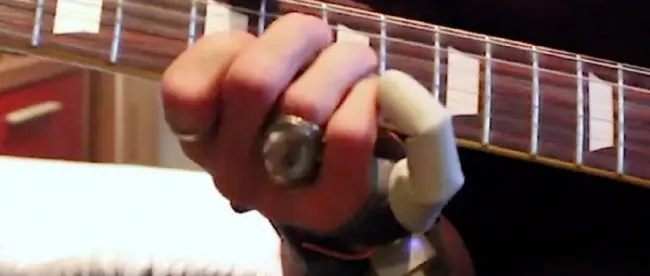
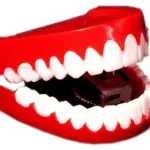
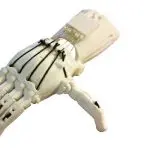
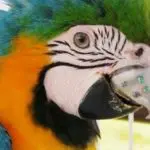


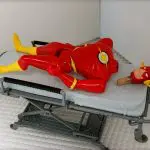
Leave a comment
You must be logged in to post a comment.